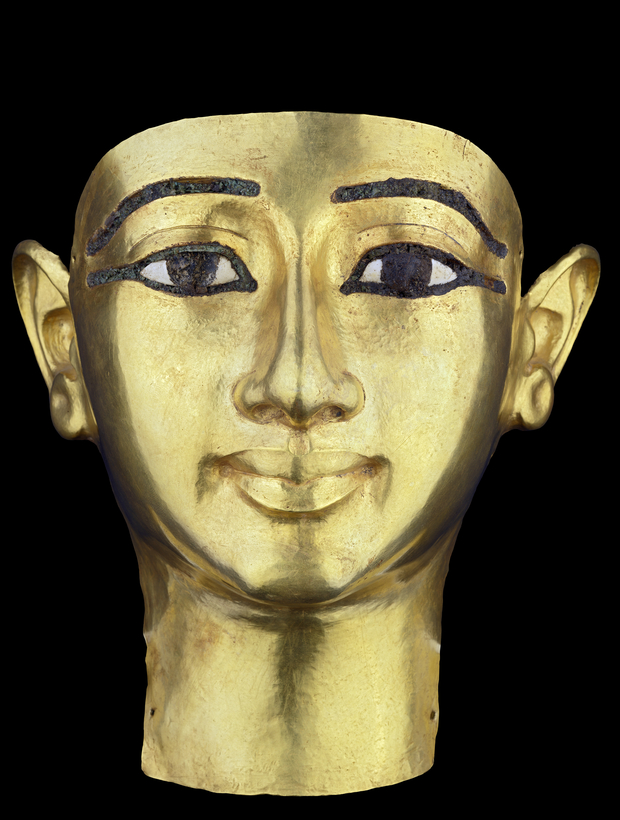“I am Egypt,” proclaims Yul Brynner, leonine as Ramses the Great in Cecil B. DeMille’s The Ten Commandments. Cinematic pomp aside, so many monumental and dazzling artifacts survive the reign of the real Ramses II that they fill a dozen rooms and multi-media spectacles in “Ramses the Great and the Gold of the Pharaohs,” opening today at the de Young Museum, in San Francisco.
It’s been exactly a century since the tomb of King Tutankhamen was found and plundered, and the relics in the most recent touring Tutankhamen exhibition—currently in Brussels through October 31—will soon be housed permanently in the new Grand Egyptian Museum, located near Cairo. “Although Tutankhamen is known for important reforms during his short life,” says Renée Dreyfus, curator of ancient art at the Fine Arts Museums of San Francisco (the organization that oversees the de Young as well as the Legion of Honor), “his tomb would have been larger and included far more treasures had he not died so young.”

In contrast, Ramses II ruled for over six decades. A visionary architect as well as a military victor, this pharaoh left, says Dreyfus, “an unprecedented legacy of buildings, temples, colossal statues, and impressive accounts proclaiming his famous exploits.” The 181 objects in the exhibition, all on loan from the Egyptian government, reflect the enormous sculptures and bejeweled treasures of his reign. There are also separate discoveries, such as mummified cats and a mongoose, on display to museum viewers for the first time.
Whether perusing the exhibition’s main rooms or (optionally) wearing virtual-reality goggles in a Positron Voyager chair—which swivels and vibrates through the rock-cut temples of Abu Simbel and the vividly illuminated tomb of Queen Nefertari—time travelers are surrounded by both history and action. That action may reach its peak in a furious re-creation of the 1275 B.C. Battle of Kadesh, between the Egyptians and the Hittites, which saw the clash of some 5,000 chariots and here includes spears, arrows, and, impressively, lions.
There’s plenty of gleam to justify the show’s title, Dreyfus says, including “two fantastic gold masks that covered the faces of the mummified kings.” Lovers of ancient bodily adornments—which contain all the luxury, spirituality, and politics one would expect from antiquity—will feast on the exhibition’s jewelry. Dreyfus’s own favorite is “a gold bracelet inlaid with carnelian and lapis lazuli, found on the mummified arm of a king who ruled about 350 years after Ramses the Great. It contains a stylized eye, known in Egyptian as the wedjat, which symbolized well-being, healing, and protection.”

The wedjat’s protection went far beyond the material. According to John Darnell, professor of Egyptology at Yale University, “the jewelry of the ancient Egyptians spoke a transformational language of minerals and colors that could change not merely one’s appearance, but propel us into a divine world in which we truly become what we believe ourselves to be.”
Ramses himself, Darnell notes, knew the transcendent power of these formidable objects. The pharaoh gave an address to the workers in his quarries and said, in part, “Oh you choice, capable, and dexterous workers, who hew for me all manner of monuments; oh you who give praise through excellent costly stones … Hear what has been said to you: ‘Behold, beneficial things are in you—something remains in the face of words.’” —Emily Gordon
“Ramses the Great and the Gold of the Pharaohs” is on at San Francisco’s de Young Museum through February 12
Emily Gordon is a New Haven, Connecticut–based poet and critic


 Discover
Discover